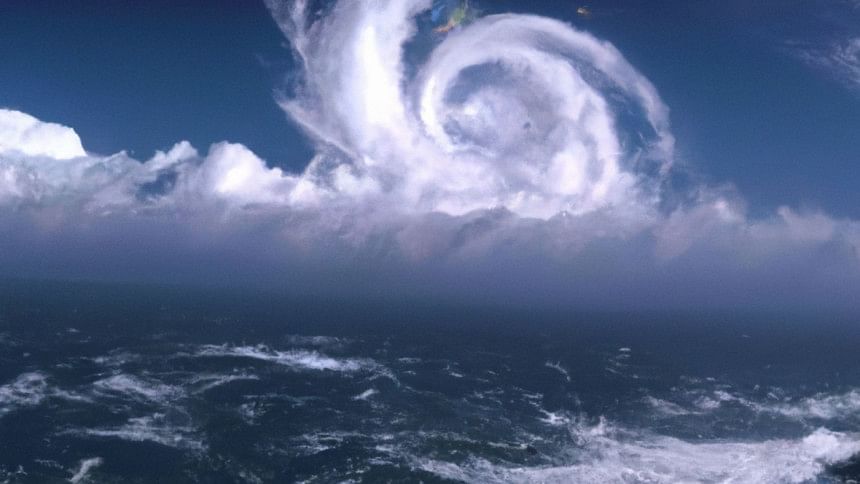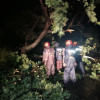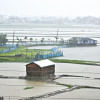How cyclones are formed: explained

Cyclone Sitrang formed over the east-central Bay of Bengal late at night on October 23, 2022. This is the first big storm that has developed in the Bay of Bengal in the month of October since 2018. As of October 25, the cyclone killed 11 in 7 districts, but has since last night, weakened. How do cyclones form and what are they? If you are wondering, here's what to know:
Only over warm ocean waters near the equator do tropical cyclones form. A cyclone develops when warm, moist air over the ocean rises from near the surface. There is a region of lower air pressure below when the air rises up and away from the ocean's surface. It causes the air in the higher-pressured areas around the low-pressure area to move in that direction, further warming the air and causing it to rise above.
The water in the air condenses into clouds as the warm, humid air rises and cools. Along with the heat from the ocean and water evaporating from the ocean surface, the entire system of clouds, wind, and water spins and grows.
An eye forms in the middle of the wind system as it rotates faster. A cyclone's centre is very clear, calm, and has very low air pressure. The air rises and becomes buoyant due to the temperature difference between the warm, rising environment and the cooler environment.
The storm is referred to as a "tropical storm" when the wind speed is 39 mph (63 kmph). When the wind speed reaches 74 mph (119 kmph), however, the storm is classified as a hurricane or "tropical cyclone"

 For all latest news, follow The Daily Star's Google News channel.
For all latest news, follow The Daily Star's Google News channel. 









Comments